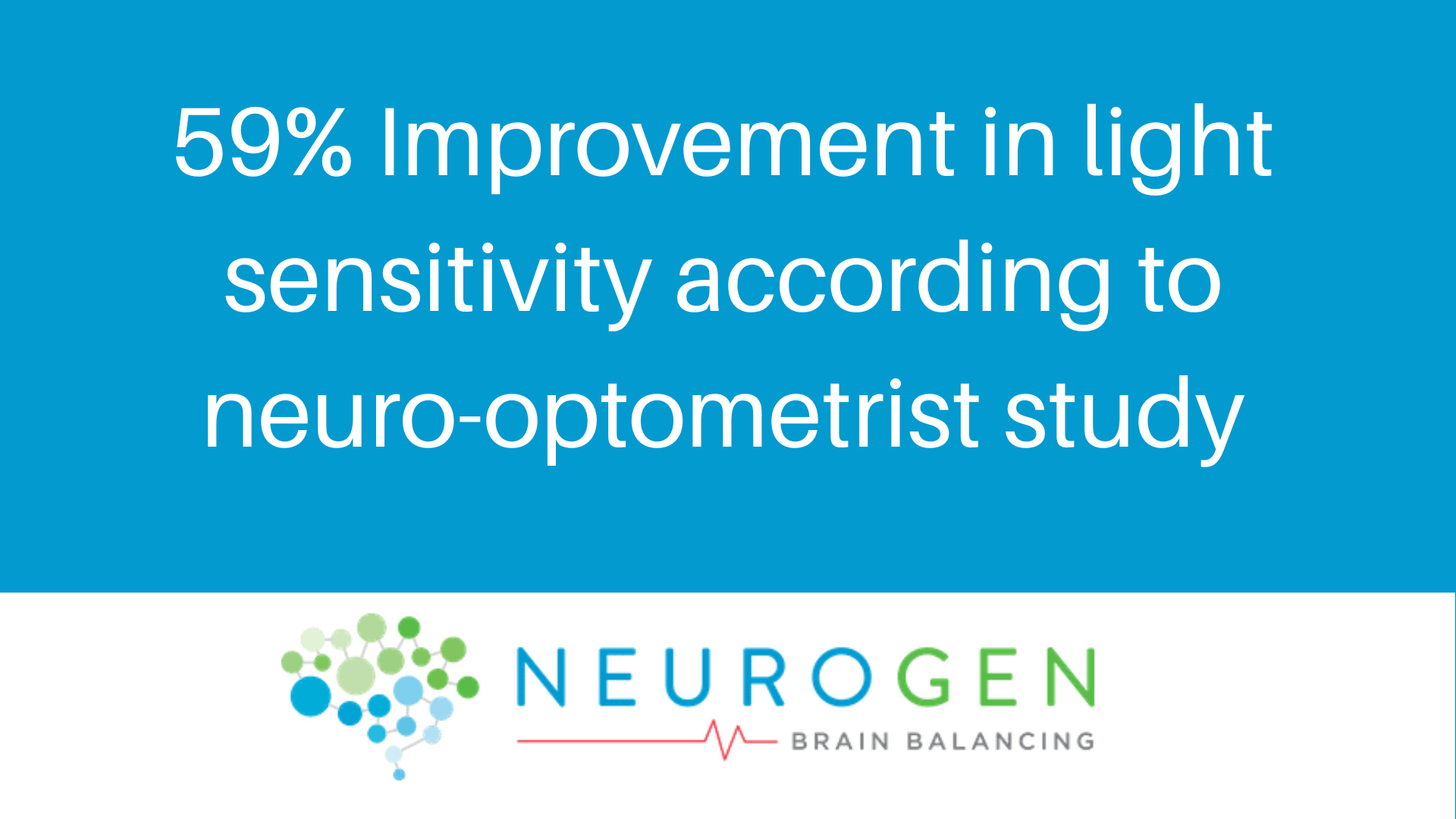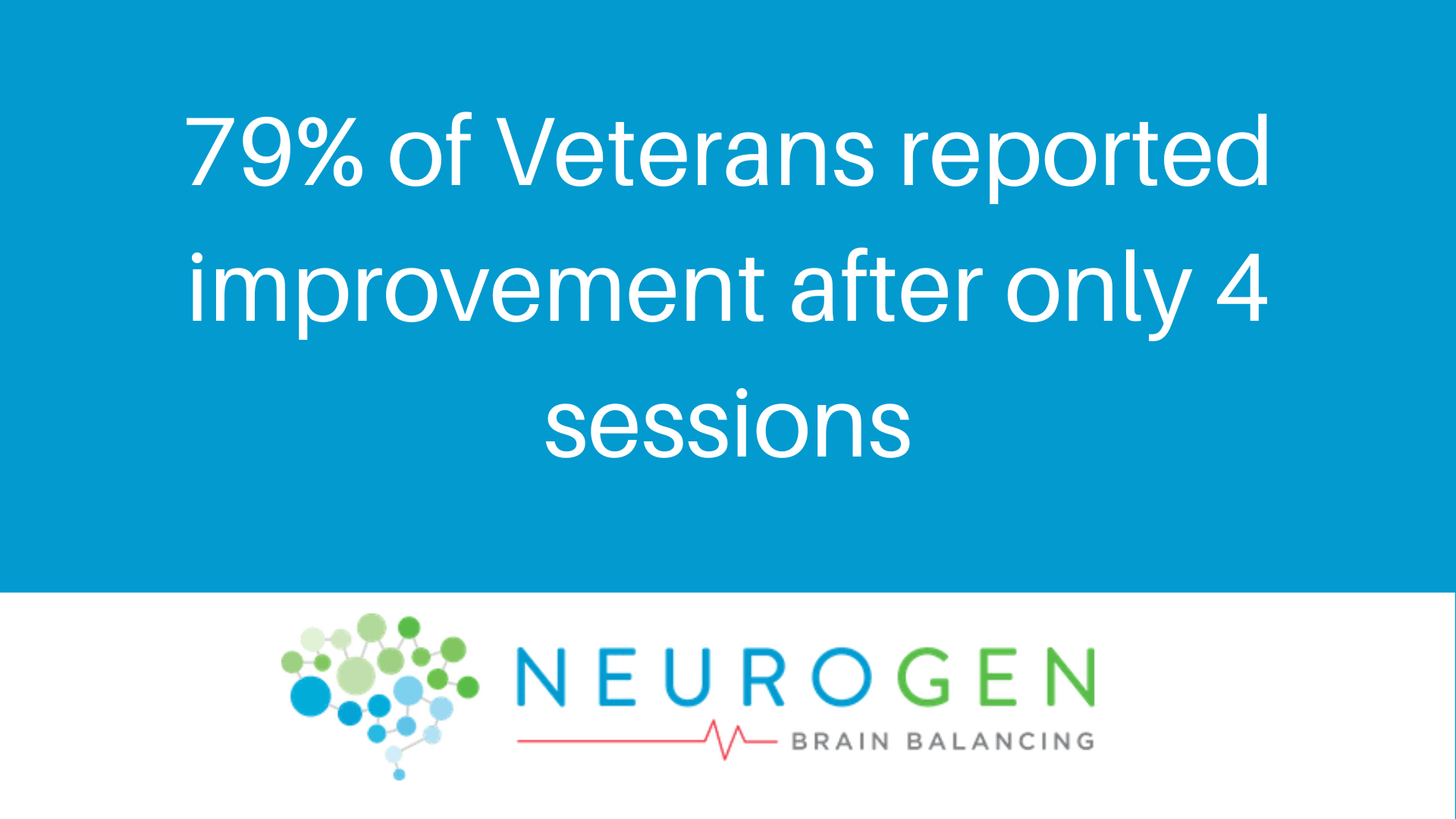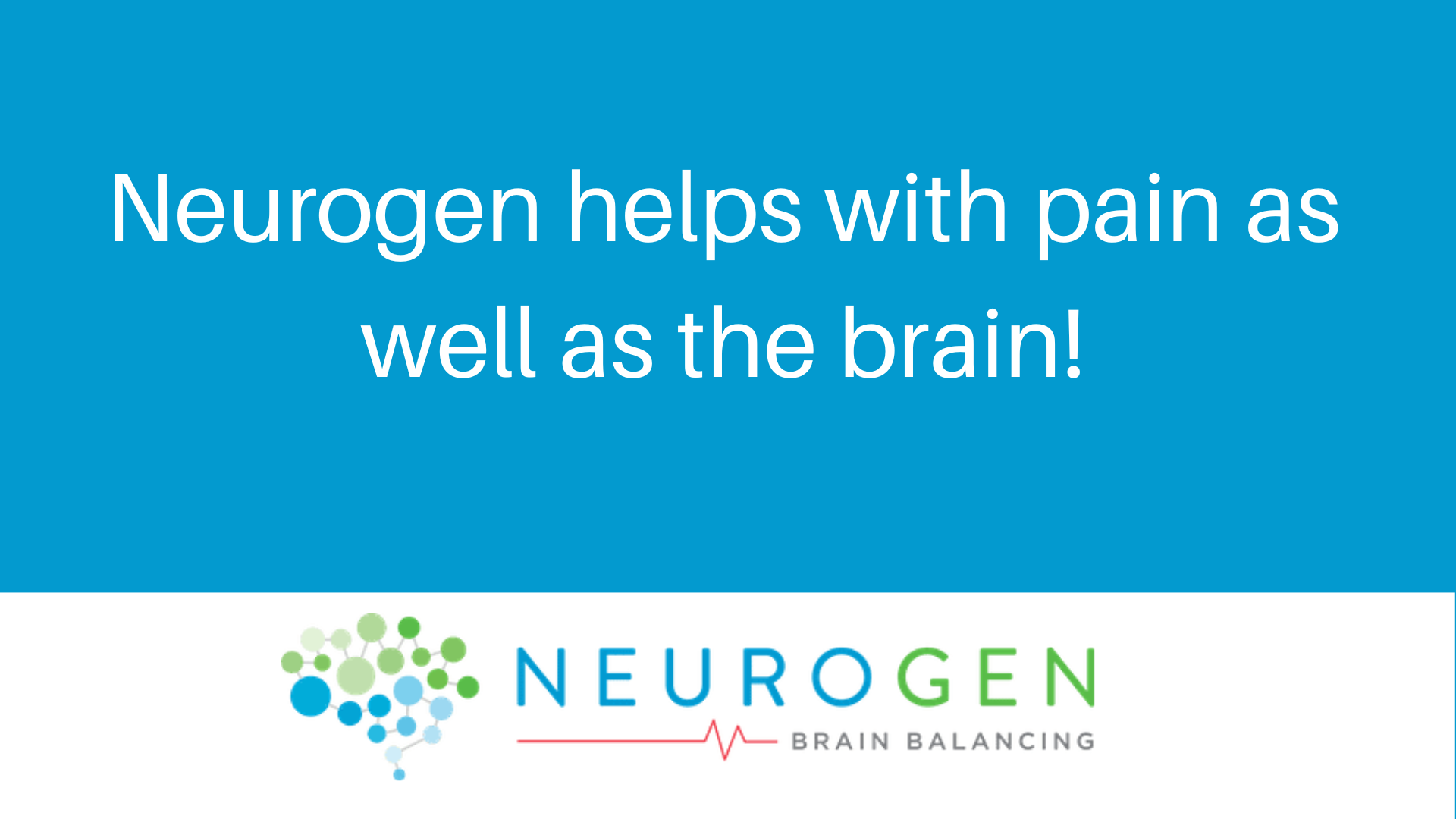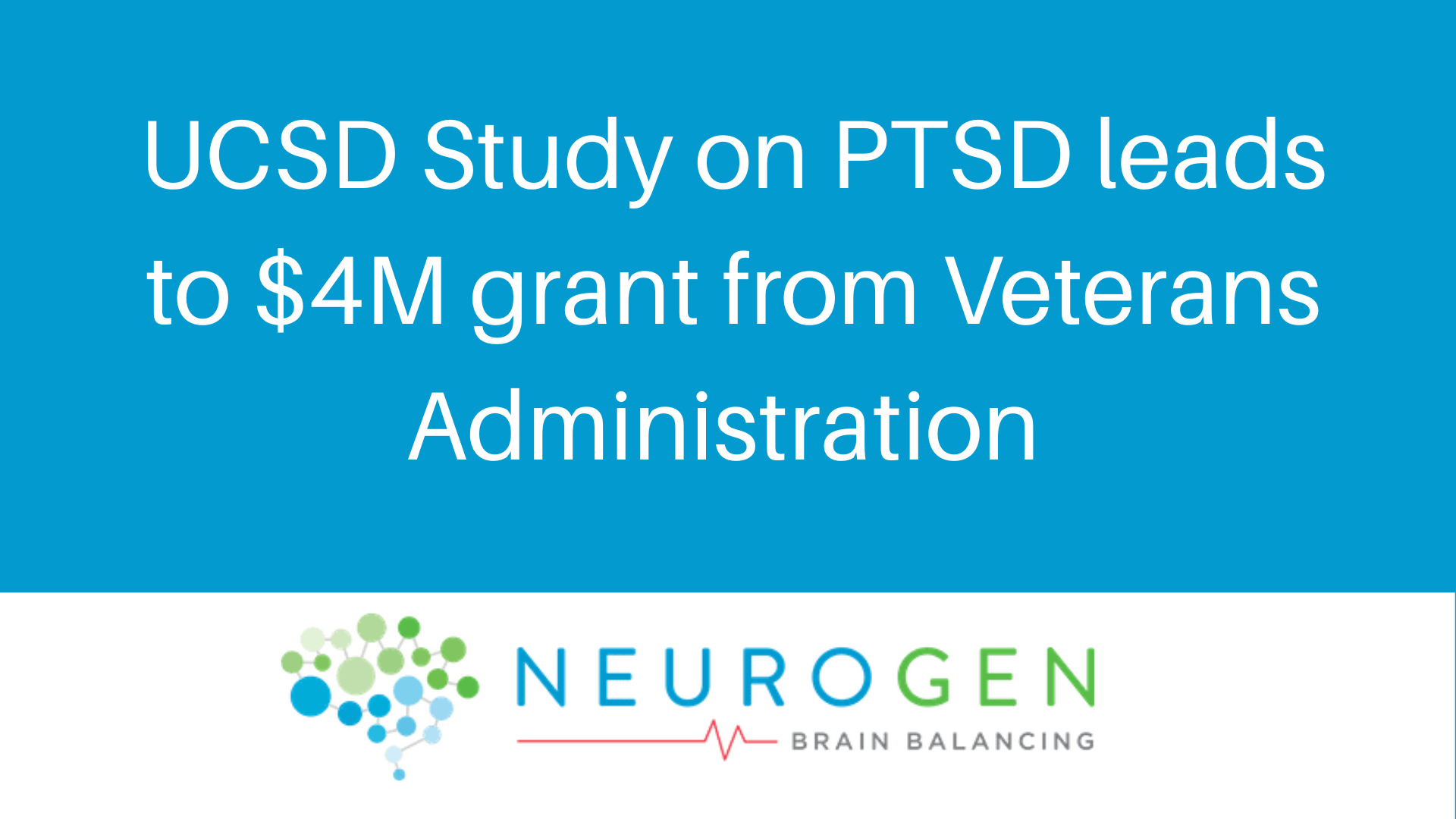A Symphony in the Brain
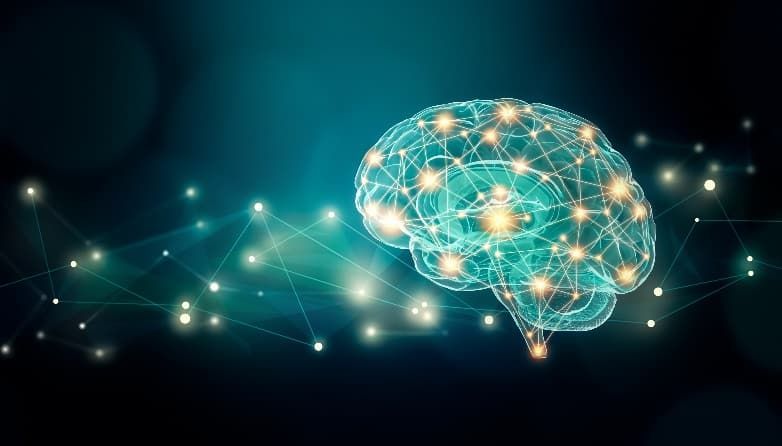
The brain is a complex, sophisticated structure comprised of over 80 billion neurons capable of self-programming, cognitive reasoning, data storage, and decision making at the highest levels. It’s a powerful biological computer capable of creativity – an endeavour sought by some of the best Artificial Intelligence scientists of our time [1,2]. Like a symphony, it transforms into an orchestrated process of self-assembly to learn, analyze, create, formulate, and execute commands. From simply directing your eyes to read this sentence to calculating a complicated math equation, bioelectric mechanisms repeatedly play out in the brain, forming signals that can be observed, in the form of brain waves.
Discovering a Symphony
Over one hundred years ago, in 1875, a British physician, Richard Caton, recorded the brain’s electrical impulses in animals through an instrument devised for passively observing the electrical activity. The device he used was an electroencephalogram (EEG), and it’s still widely used today. The EEG operates on the same fundamental principles as an electrocardiogram (EKG) used to measure heart rates and rhythms. A single neuron firing is imperceptible with EEG, but when billions of them synchronously fire together, waves of bioelectric energy can be detected in the form of brain waves.
Orchestrating Brain Waves
Dr. Caton eventually categorized brain waves into five main groups – Alpha, Beta, Gamma, Delta, and Theta. Since then, scientists discovered that each of these brain waves is associated with specific activities that occur in the brain, based on the action or biological process. For example, Alpha waves arise from the occipital lobes of the brain during wakeful relaxation.
Beta waves occur during periods of alertness and physical activity. In contrast, Delta and Theta waves occur with sleep and the healing process. Gamma waves are present in times of focus and concentration.
Today, brain waves and EEG help physicians detect brain disease. For example, obsessive-compulsive disorder (OCD) is characterized by a decrease in both the alpha and beta waves, with a corresponding increase in theta waves. People with attention deficit hyperactivity disorder (ADHD) demonstrate changes in the delta and theta waves in the frontal regions of the brain while showing alpha wave changes in the posterior and central cerebral segments [4, 5]. In traumatic brain injury and concussions, there is a pronounced decrease in alpha, beta, delta, and theta waves observed in EEG recordings taken shortly after the injury [6].
Like an orchestral conductor, the brain directs a symphony of brain waves that affect every aspect of the human experience giving doctors an insight into the inner workings of the brain.
References:
- Khalil, R., B. Godde, and A.A. Karim, The Link Between Creativity, Cognition, and Creative Drives and Underlying Neural Mechanisms. Frontiers in neural circuits, 2019. 13: p. 18-18.
- Jung, R.E., et al., Neuroanatomy of creativity. Human brain mapping, 2010. 31(3): p. 398-409.
- Roohi-Azizi, M., et al., Changes of the brain’s bioelectrical activity in cognition, consciousness, and some mental disorders. Medical journal of the Islamic Republic of Iran, 2017. 31: p. 53-53.
- Karadag, F., et al., Quantitative EEG analysis in obsessive compulsive disorder. Int J Neurosci, 2003. 113(6): p. 833-47.
- Dehghanpour, P. and Z. Einalou, Evaluating the features of the brain waves to quantify ADHD improvement by neurofeedback. Technol Health Care, 2017. 25(5): p. 877-885.
- Pevzner, A., et al., Making Waves in the Brain: What Are Oscillations, and Why Modulating Them Makes Sense for Brain Injury. Frontiers in systems neuroscience, 2016. 10: p. 30-30.
Recent Posts
